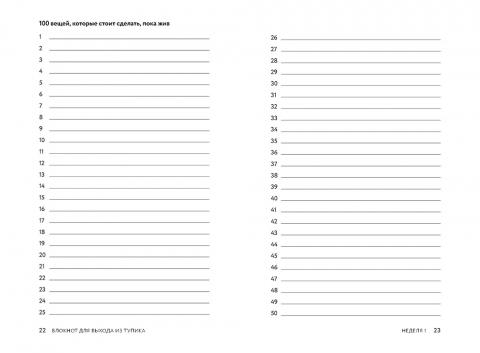
Bloknot Snajpera Kupitj
Donu Grantu, kotoryj na svoj strah i risk izdaet eti romany odin za drugim. Uvedomlenie avtora 'Izvlechenie troih' - vtoroj tom dlinnoj istorii pod nazvaniem Temnaya Bashnya, istorii, naveyannoj i do nekotoroj stepeni osnovanoj na poeme Roberta Brauninga 'CHajl'd Roland k temnoj bashne prishel', kotoraya, v svoyu ochered', voshodit k 'Korolyu Liru'. Byl na Mukusalas 46 v Trodekse s konkretnim namerenijem kupitj konkretnuju mobilu, vibor bil iz 2-x apparatov. Obratilsja k prodavshicam, oni peresilali menja ot odnoi k drugoi a potom i vovse mezh soboi 4eto na4ali bazaritj, tipa menja tam i netu, tipa ja naverno zadal im slishkom slozhnije voprosi.
Zyklon labels from used as evidence at the. The first and third panels contain manufacturer information and the brand name. The centre panel reads 'Poison Gas! Cyanide preparation to be opened and used only by trained personnel'. Zyklon B ( German: ( ); translated Cyclone B) was the of a -based invented in Germany in the early 1920s. It consisted of (prussic acid), as well as a cautionary and one of several such as.

The product is infamous for its use by during to murder approximately one million people in installed at,, and other. Hydrogen cyanide, a poisonous gas that interferes with, was first used as a pesticide in in the 1880s. Research at of Germany led to the development of Zyklon (later known as Zyklon A), a pesticide which released hydrogen cyanide upon exposure to water and heat. It was banned after a similar product was used by Germany as a in. In 1922, Degesch was purchased by, where a team of chemists that included [] and developed a method of packaging hydrogen cyanide in sealed canisters along with a cautionary eye irritant and one of several such as. The new product was also named Zyklon, but it became known as Zyklon B to distinguish it from the earlier version.
I’m so sorry this one wasn’t updated last week.  Here’s another update for our vendor list. We’ve had some sickness, a computer virus, and a birthday in our household!
Here’s another update for our vendor list. We’ve had some sickness, a computer virus, and a birthday in our household!
Ms office 2007 powerpoint portable torrent. Uses included clothing and fumigating ships, warehouses, and trains. In early 1942, Zyklon B emerged as the preferred killing tool of Nazi Germany for use in extermination camps during the Holocaust. Around a million people were killed using this method, mostly at Auschwitz.
Tesch was executed in 1946 for knowingly selling the product to the for use on humans. Hydrogen cyanide is now rarely used as a pesticide, but still has industrial applications. Firms in several countries continue to produce Zyklon B under alternative brand names, including Detia-Degesch, the successor to Degesch, who renamed the product Cyanosil in 1974.
Contents • • • • • • • • • • • • Mode of action [ ] is a poisonous gas that interferes with. Cyanide prevents the cell from producing (ATP) by binding to one of the involved in the. This protein,, contains and has containing iron groups. The cyanide component of Zyklon B can bind at one of these iron groups, a3, forming a more stabilized compound through metal-to-ligand. As a result of the formation of this new iron-cyanide, the electrons that would situate themselves on the heme a3 group can no longer do so. Instead, these electrons destabilize the compound; thus, the heme group no longer accepts them.